Frame D1 & Keel Bearers
by on in CG580
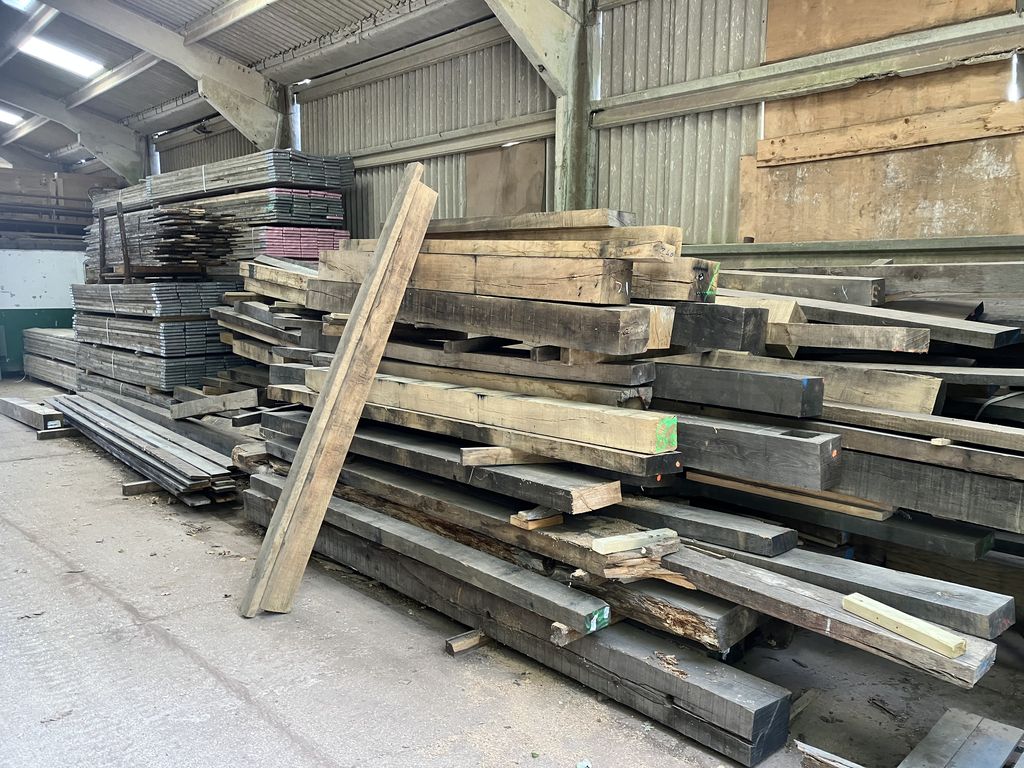
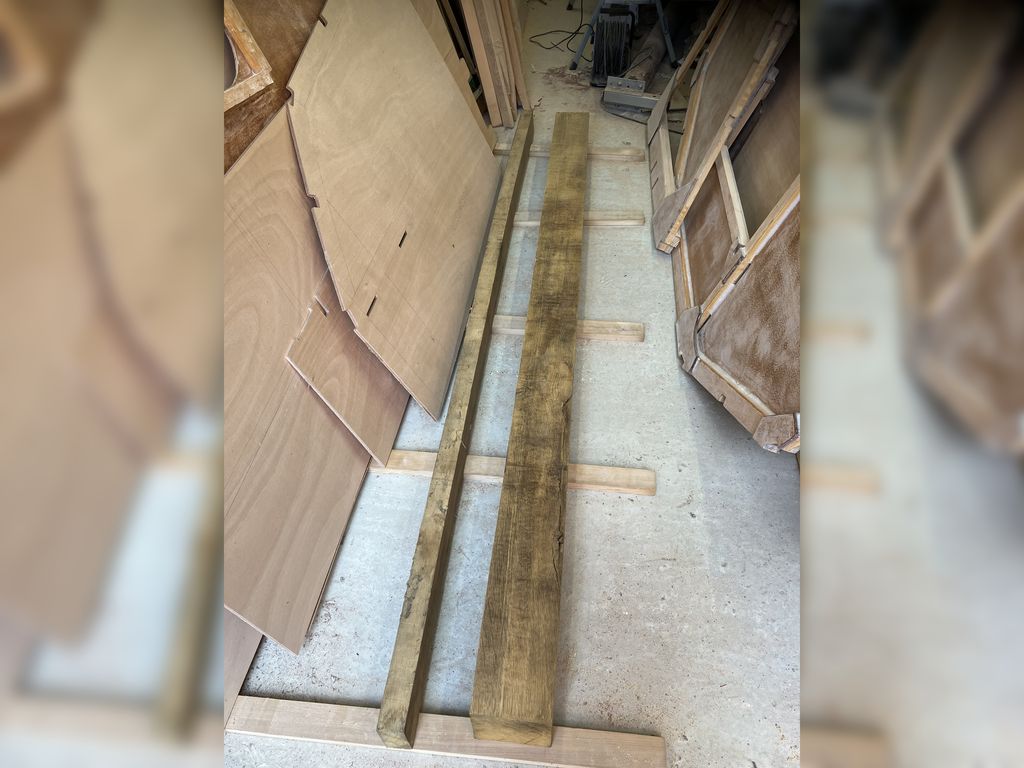
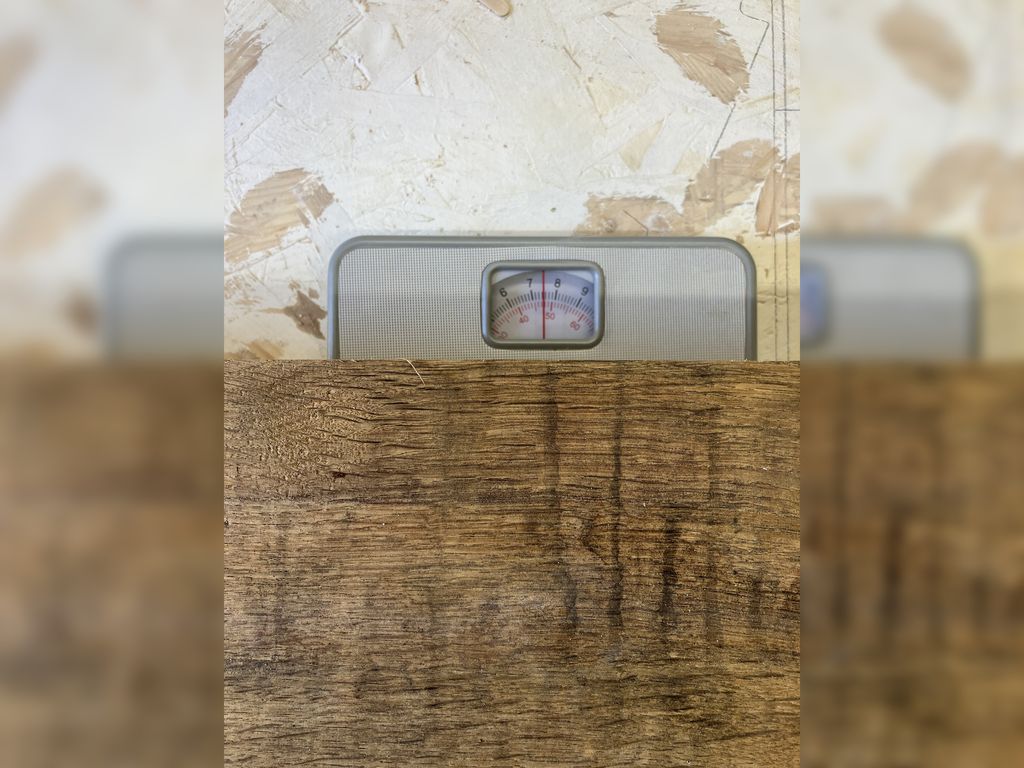
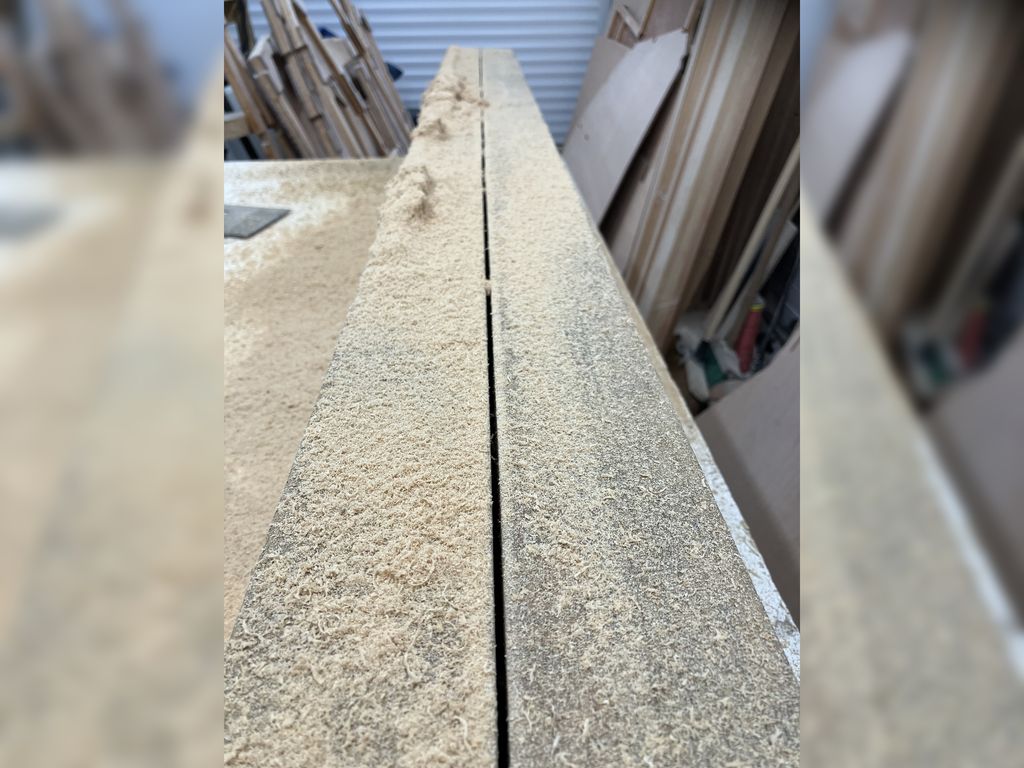
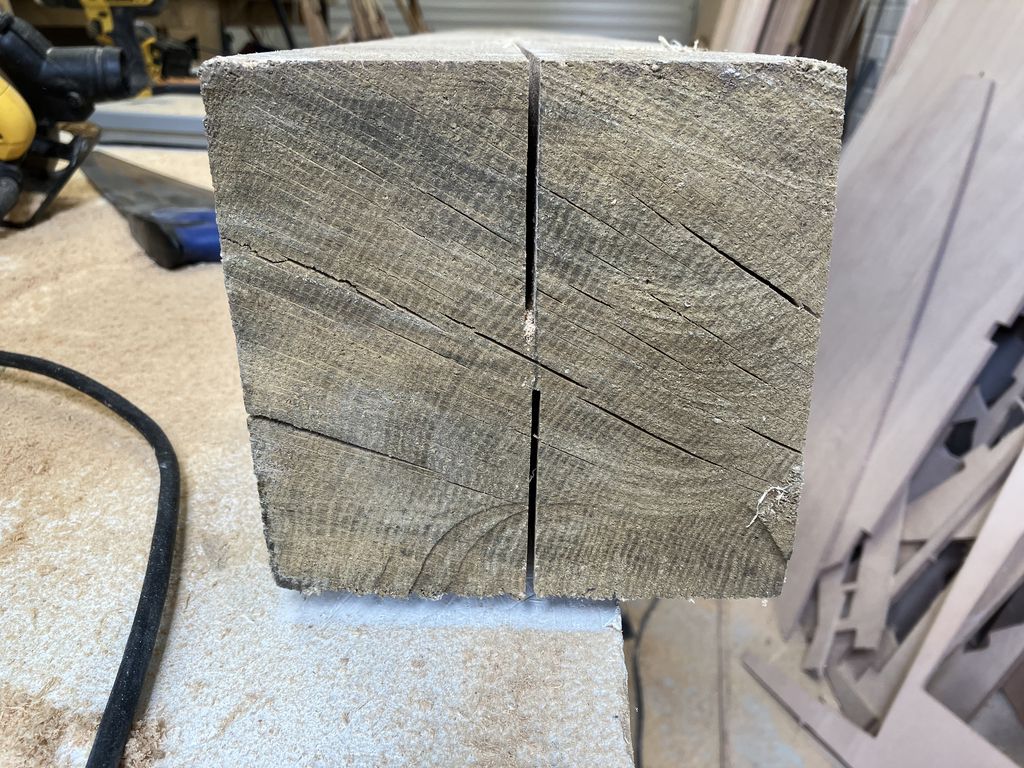
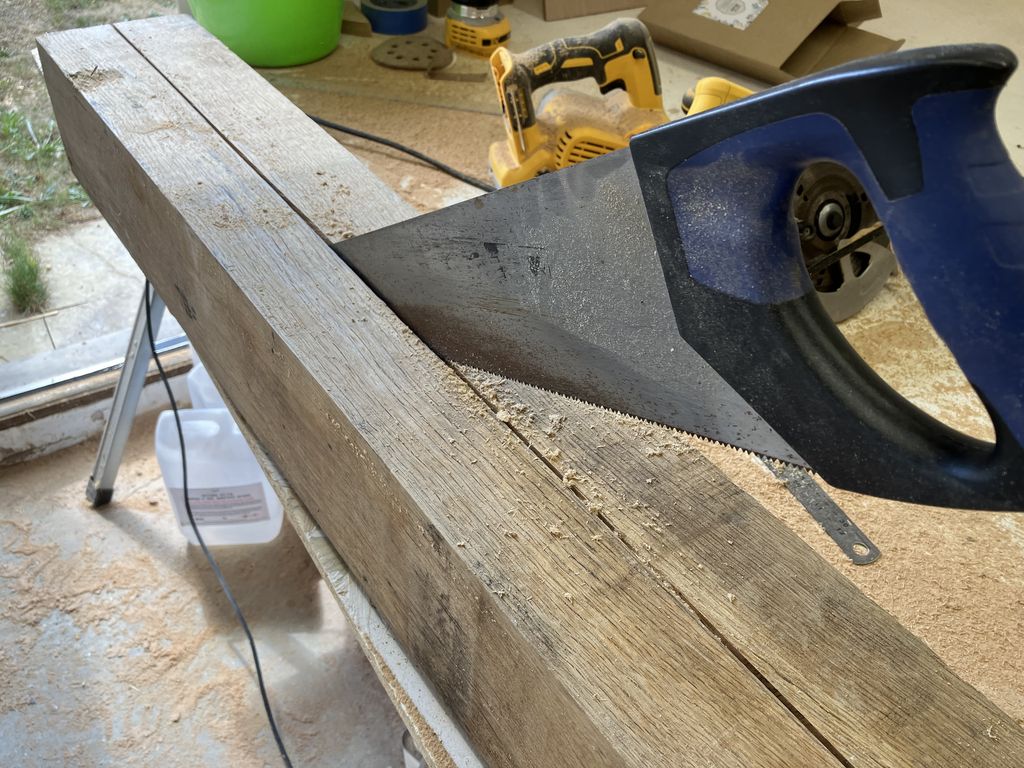
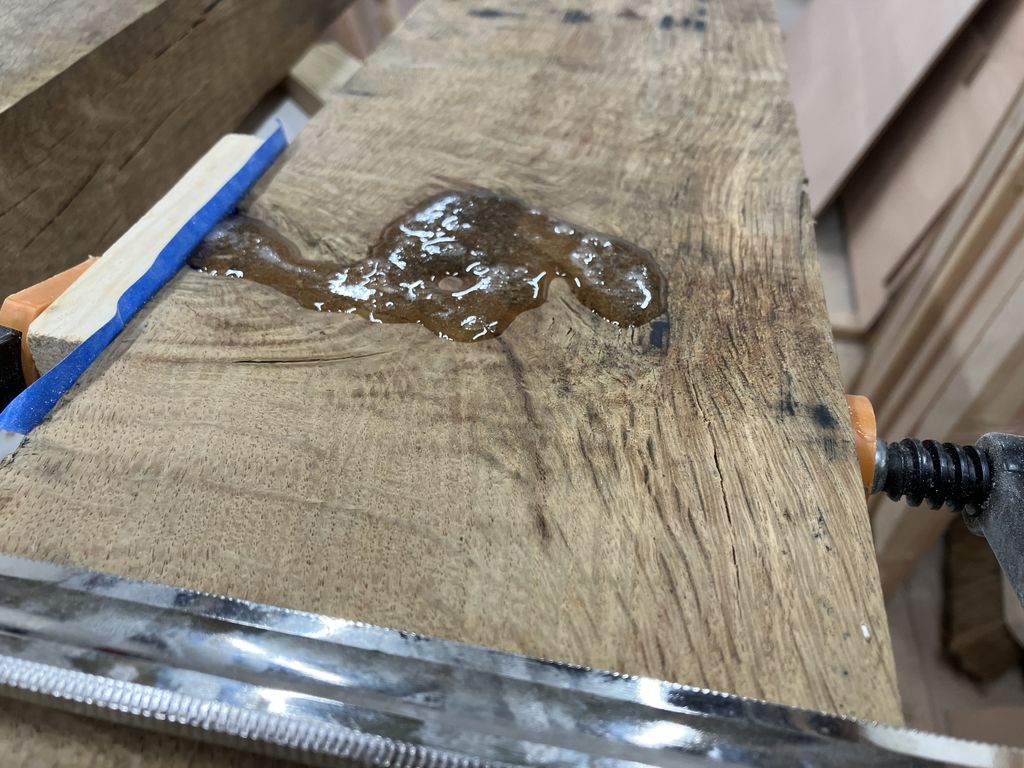
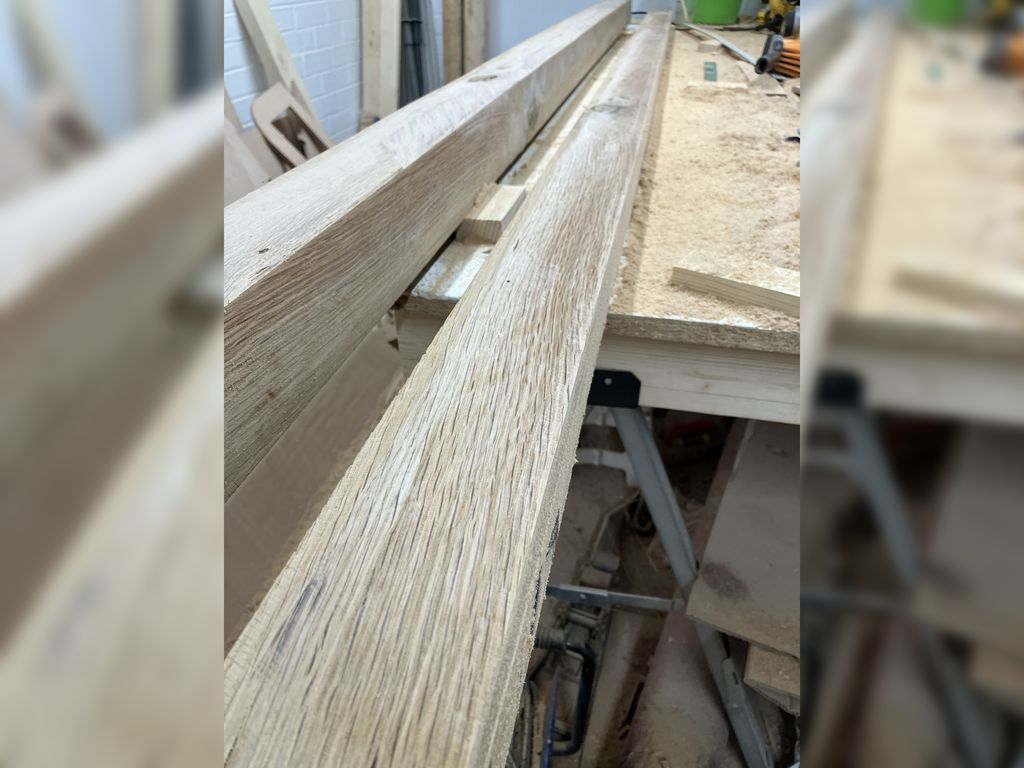
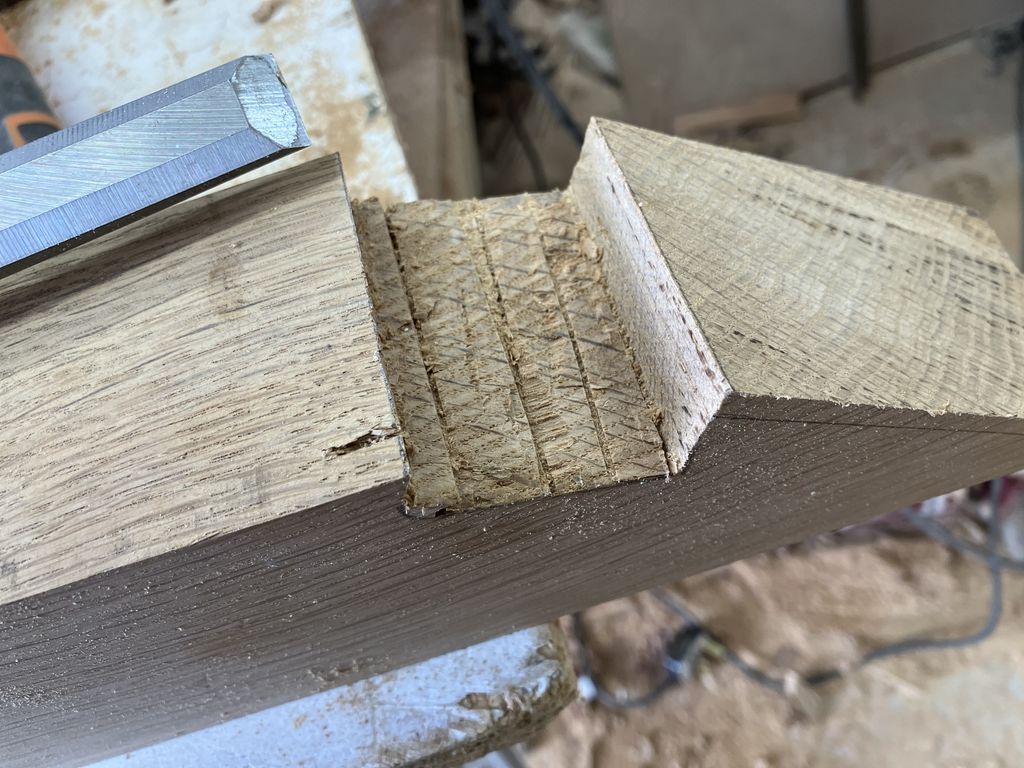
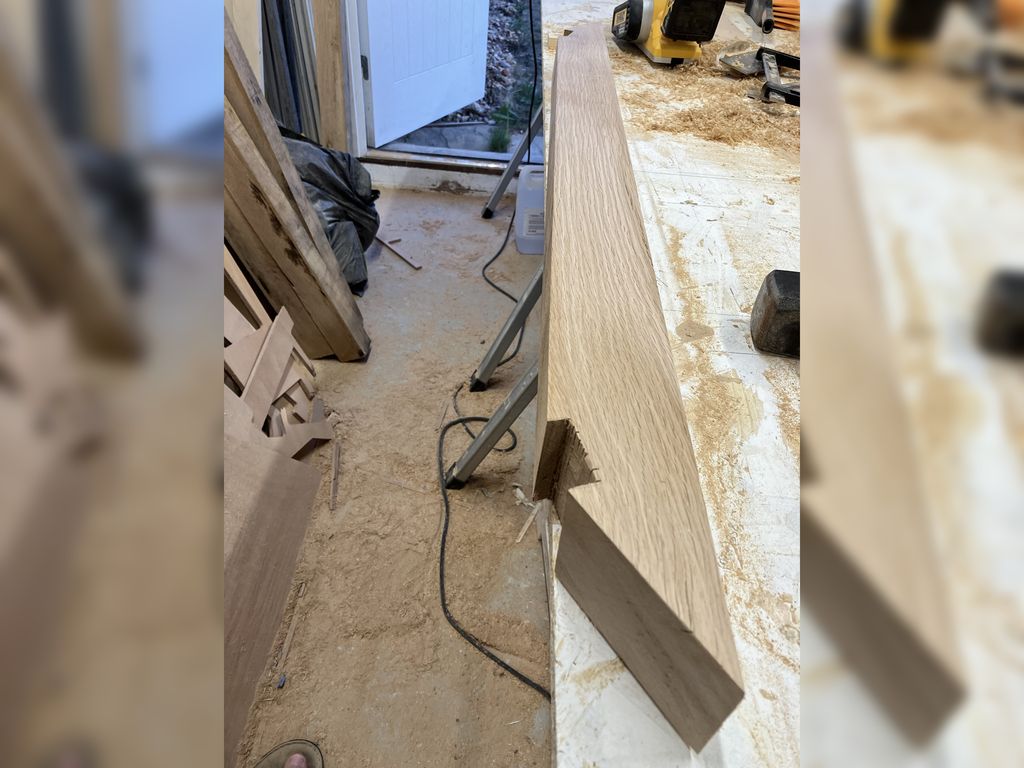
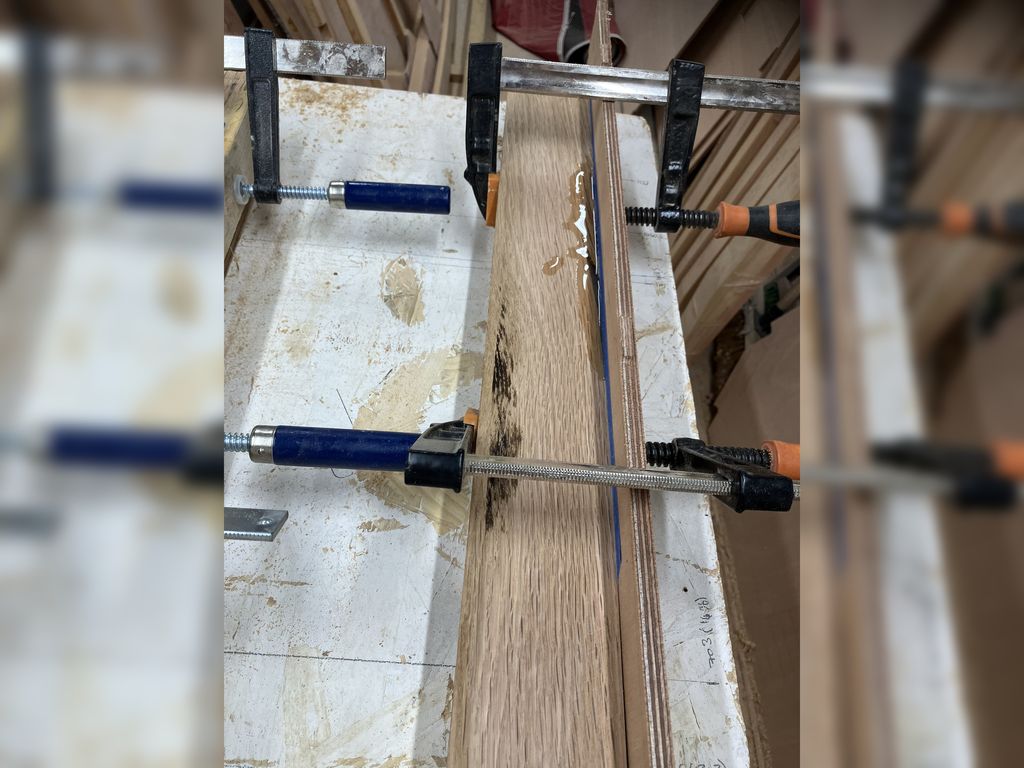
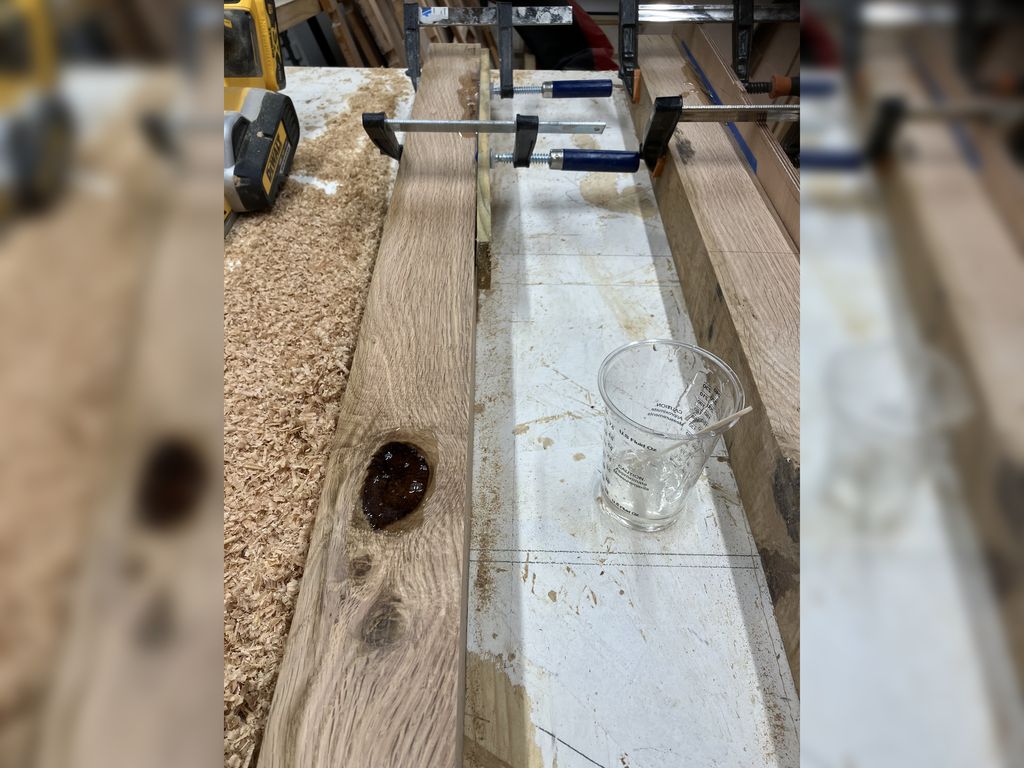
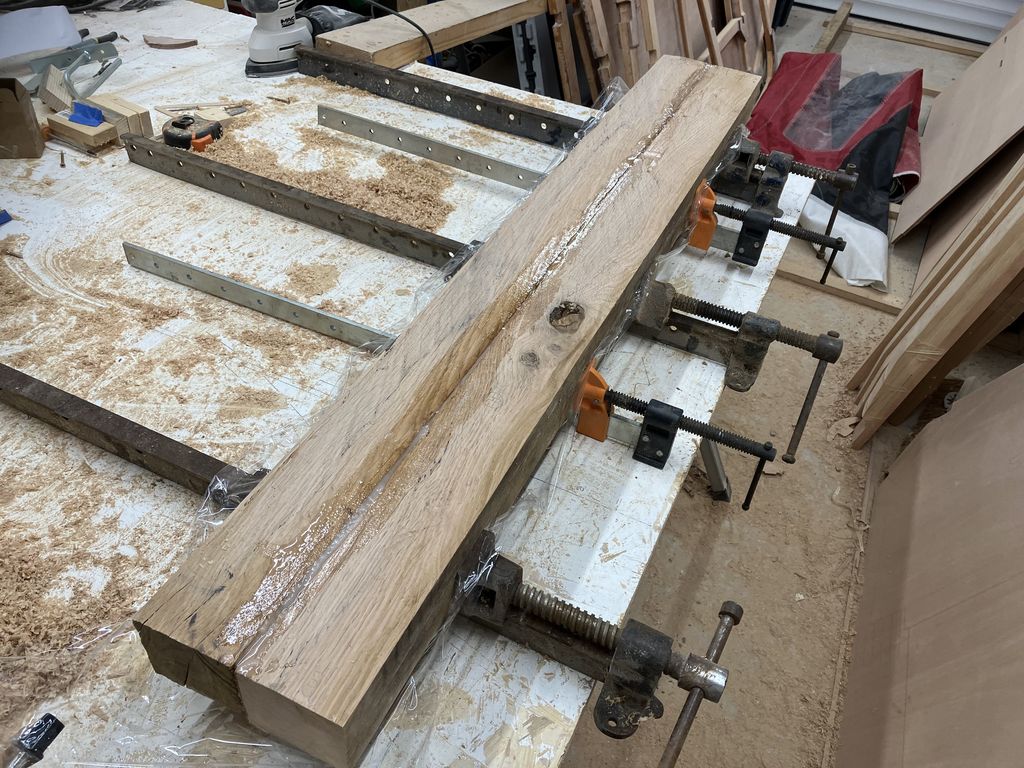
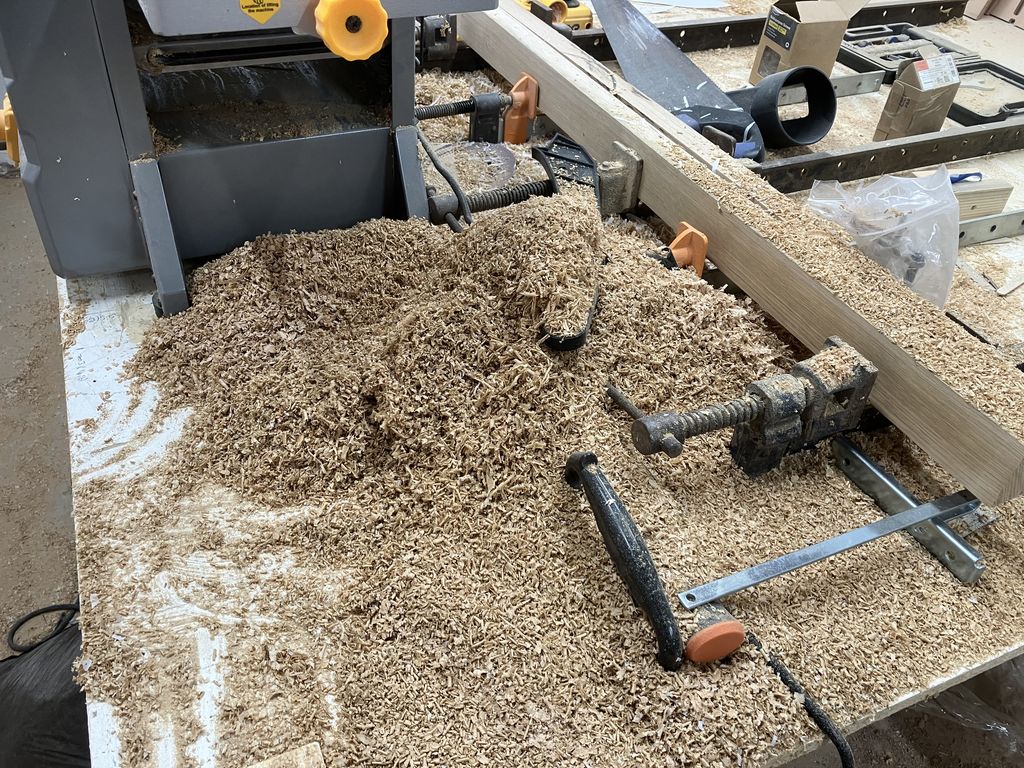
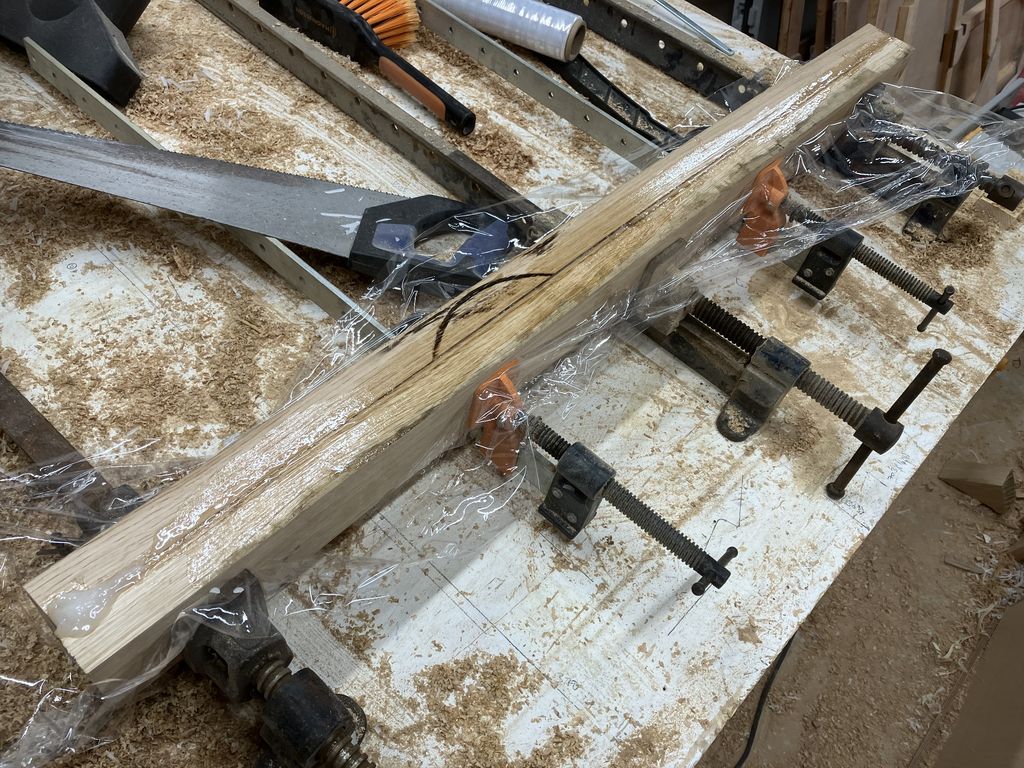
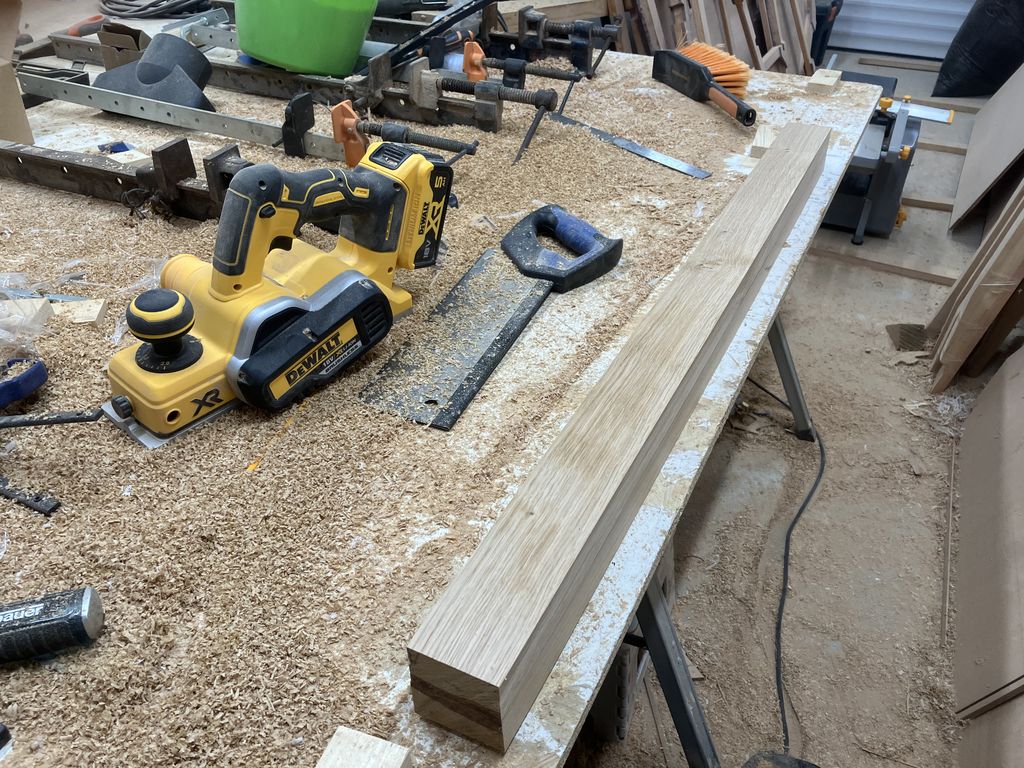
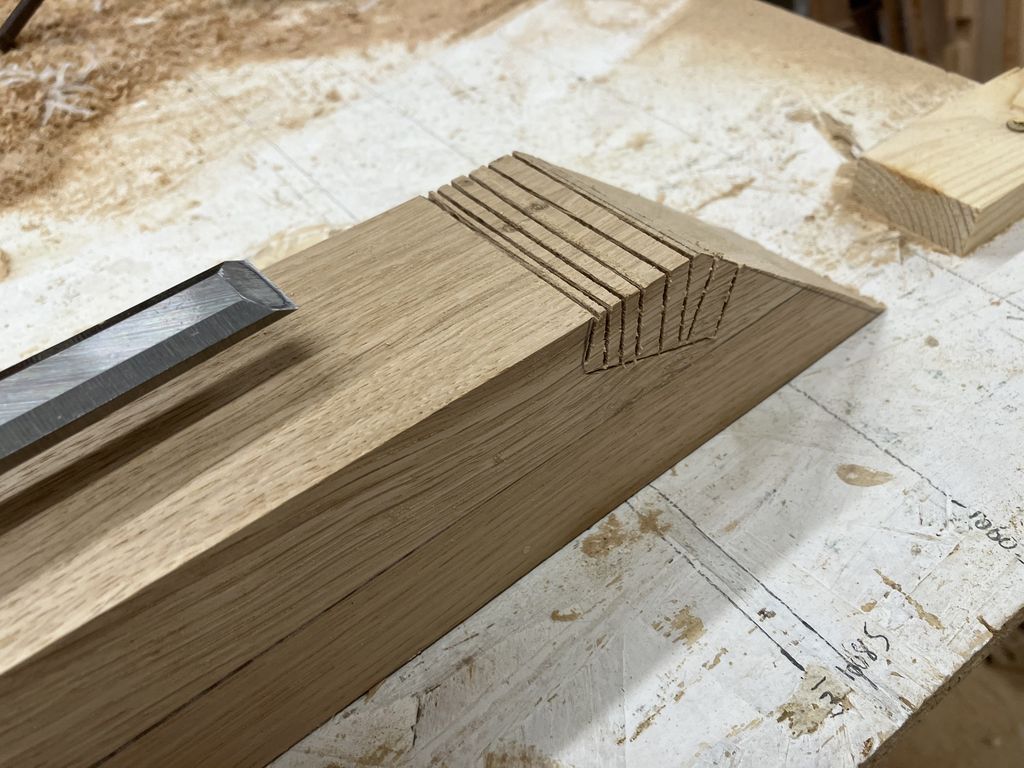
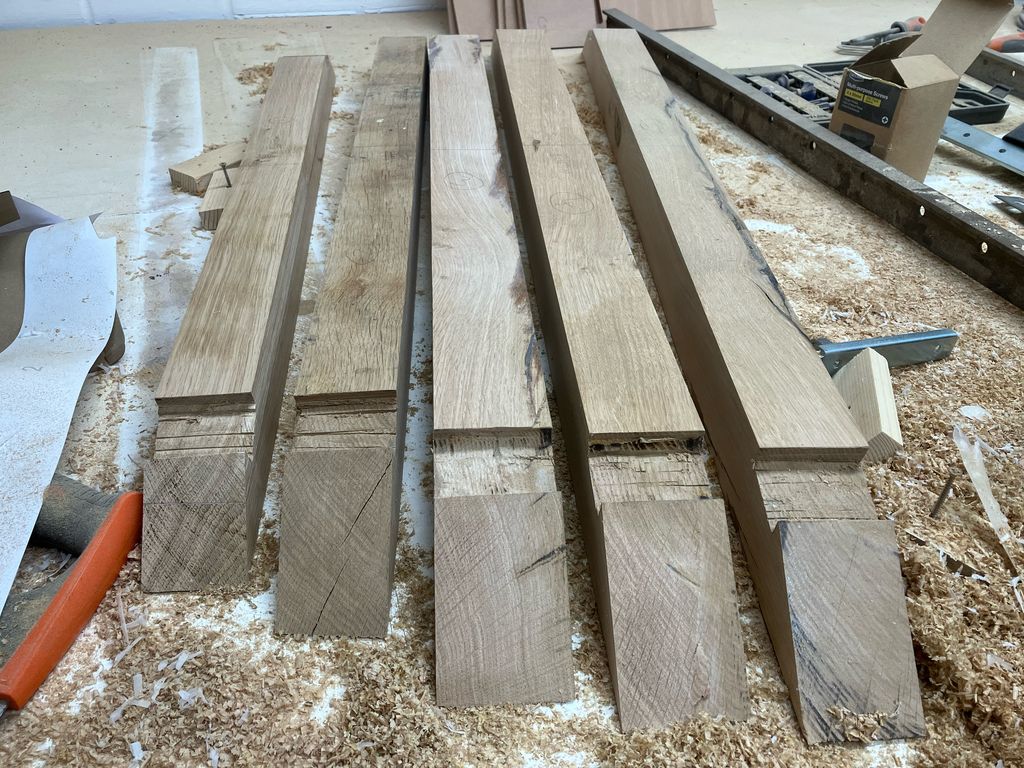
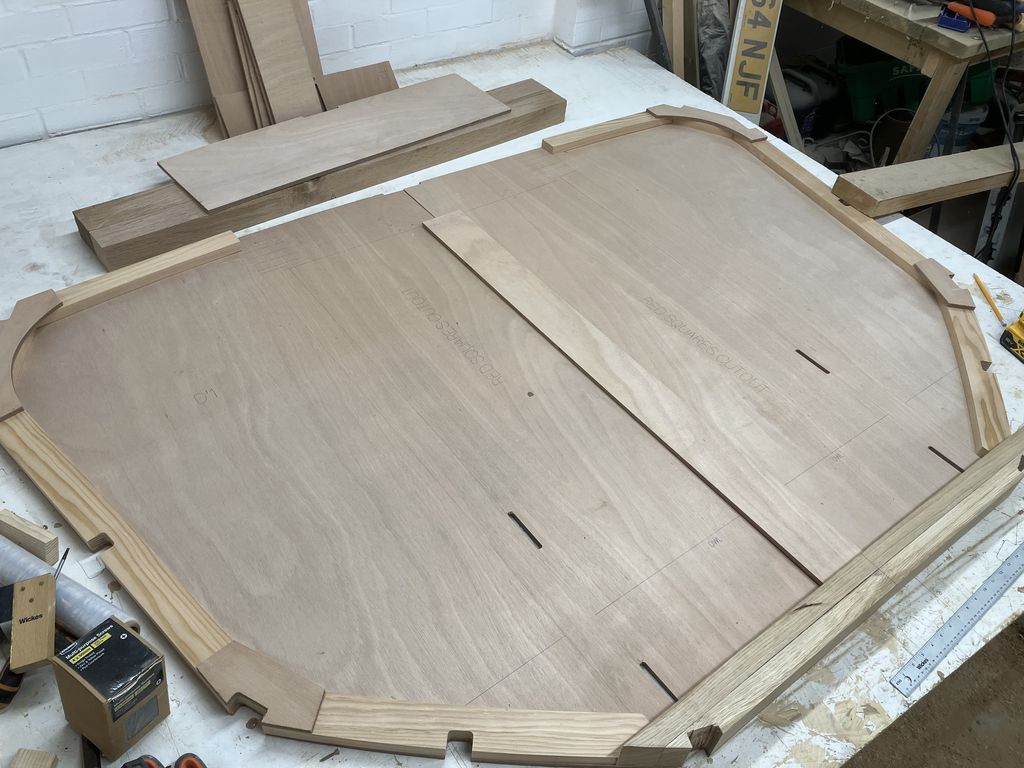
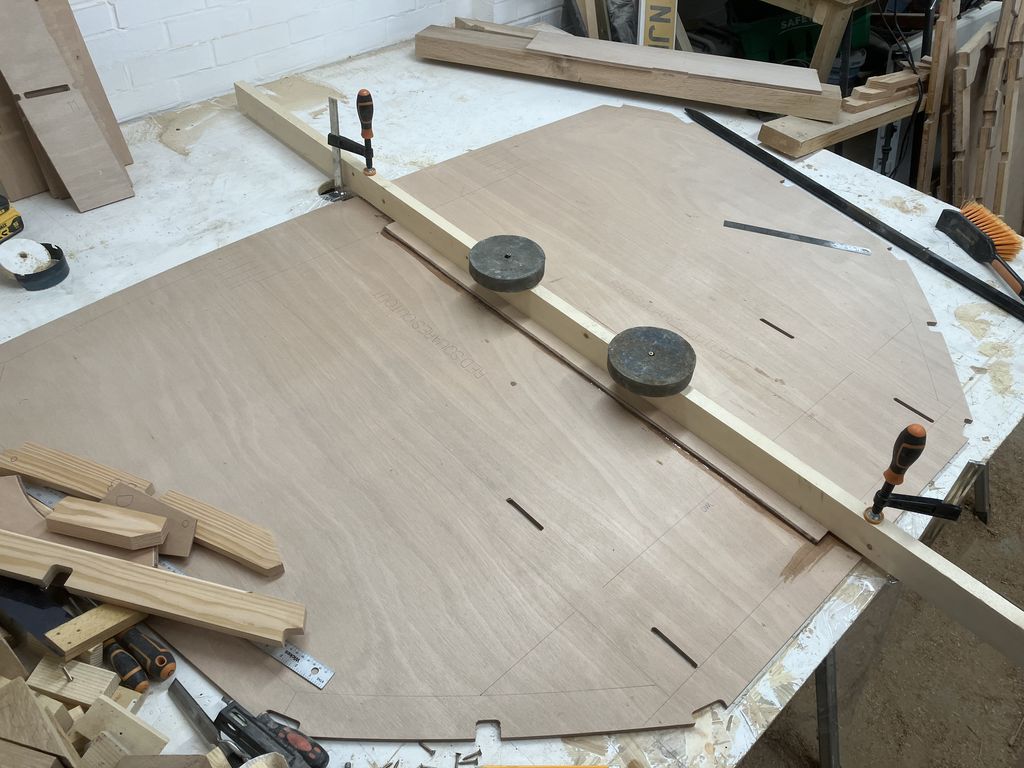
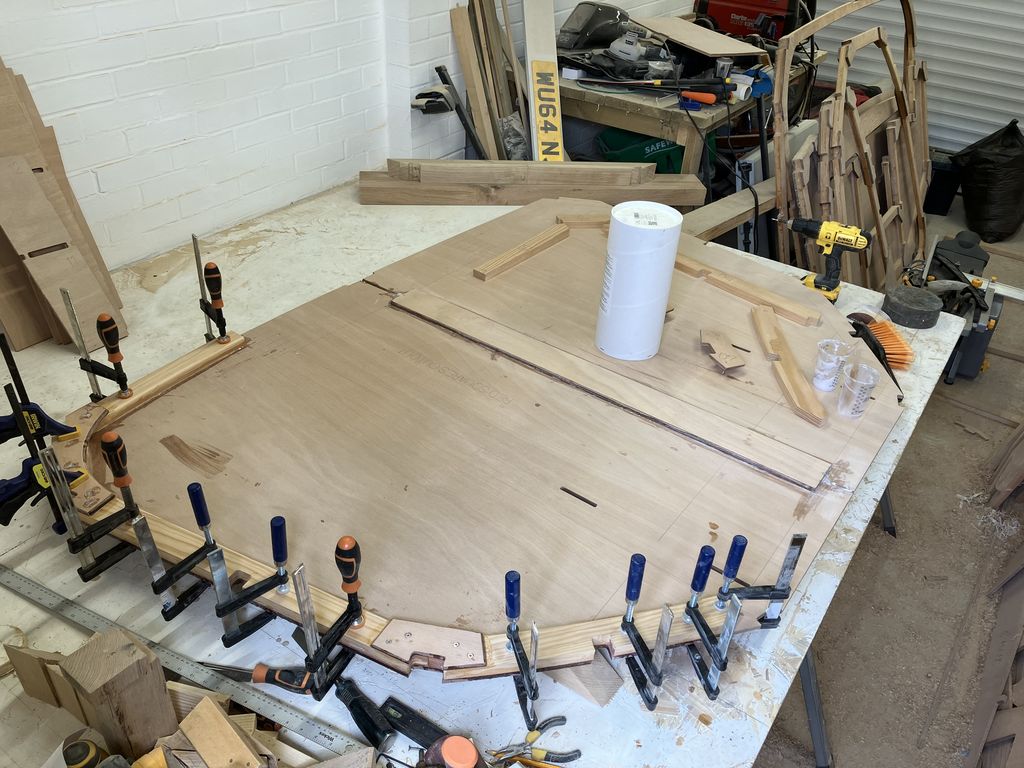
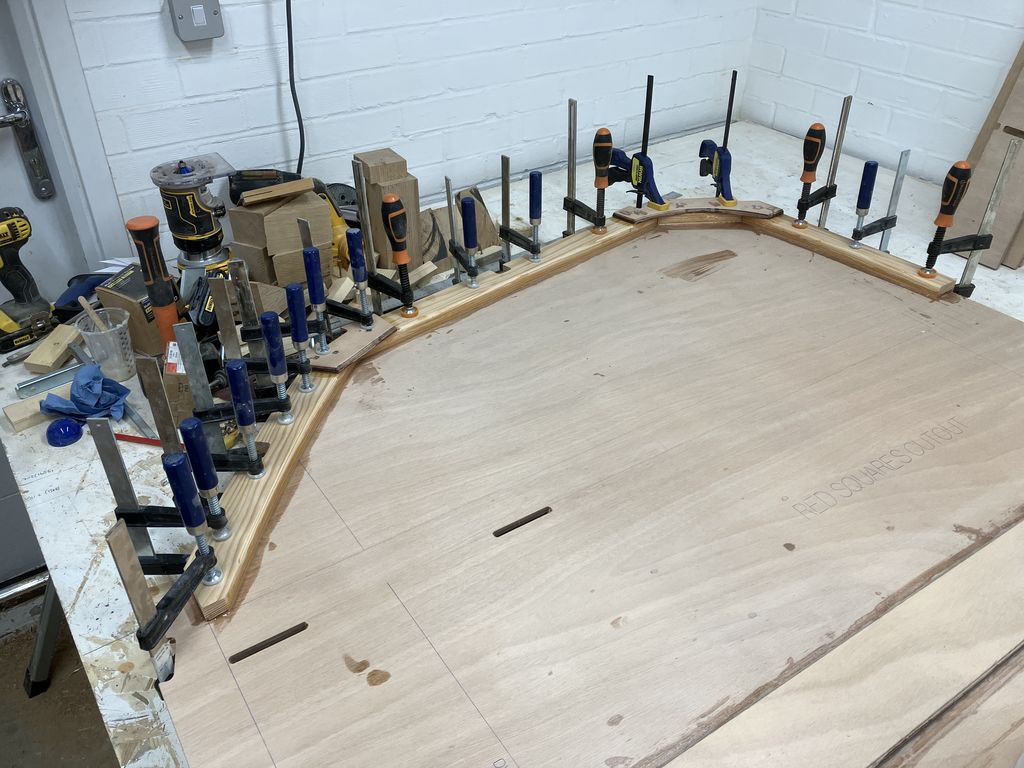
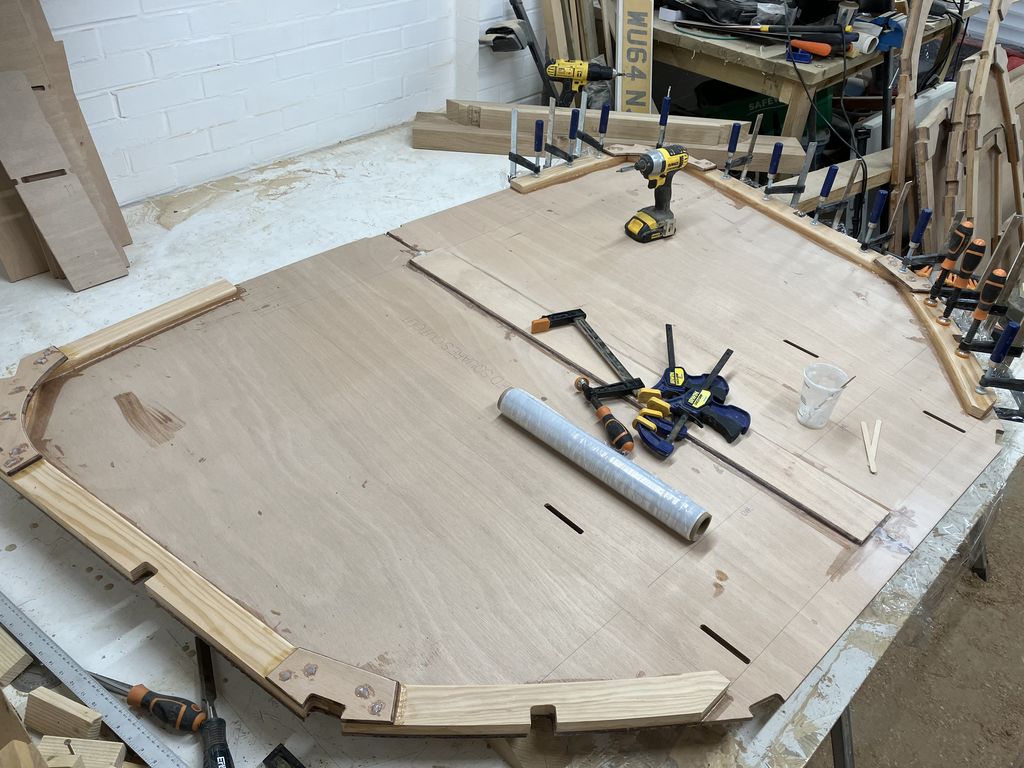
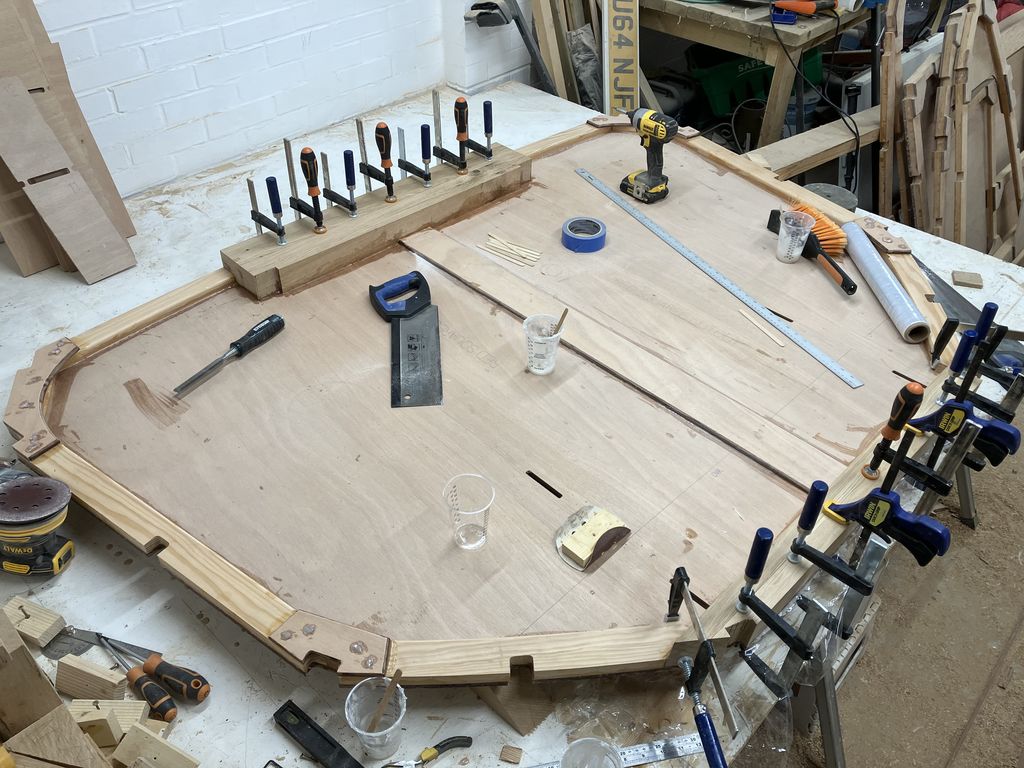
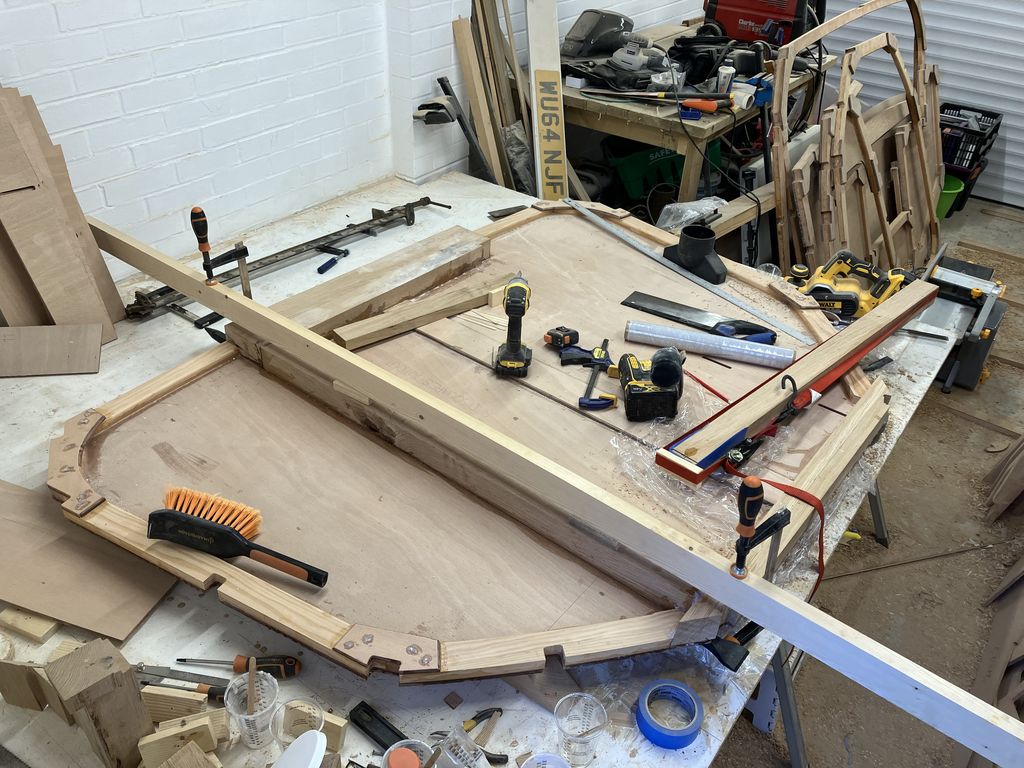
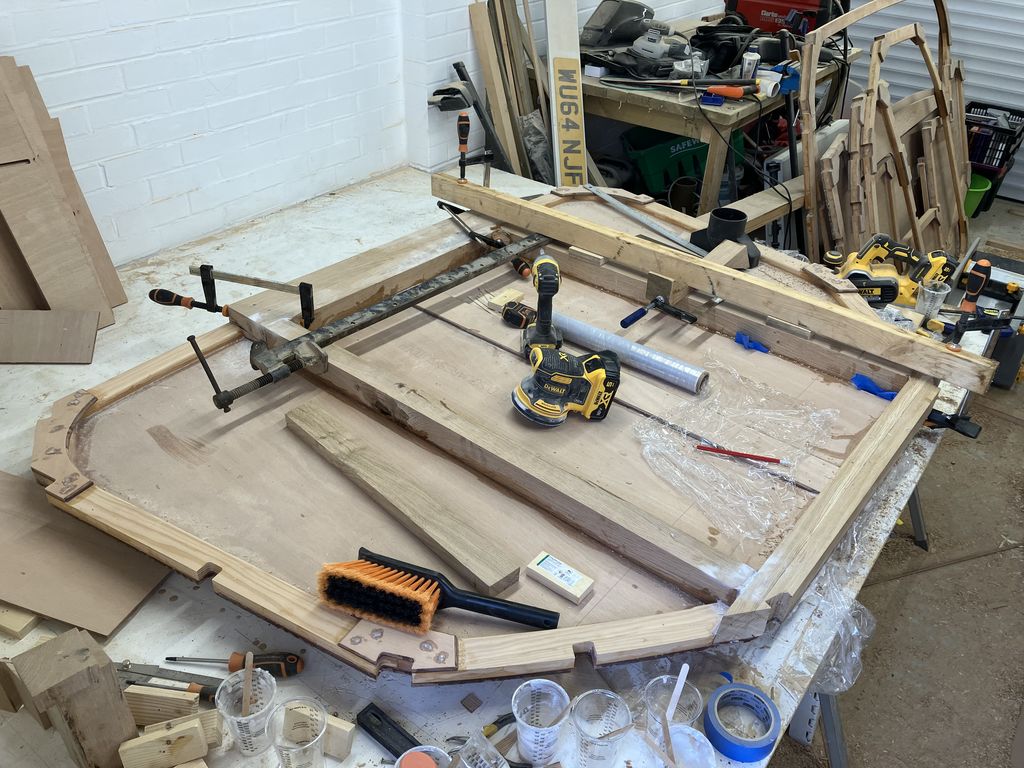
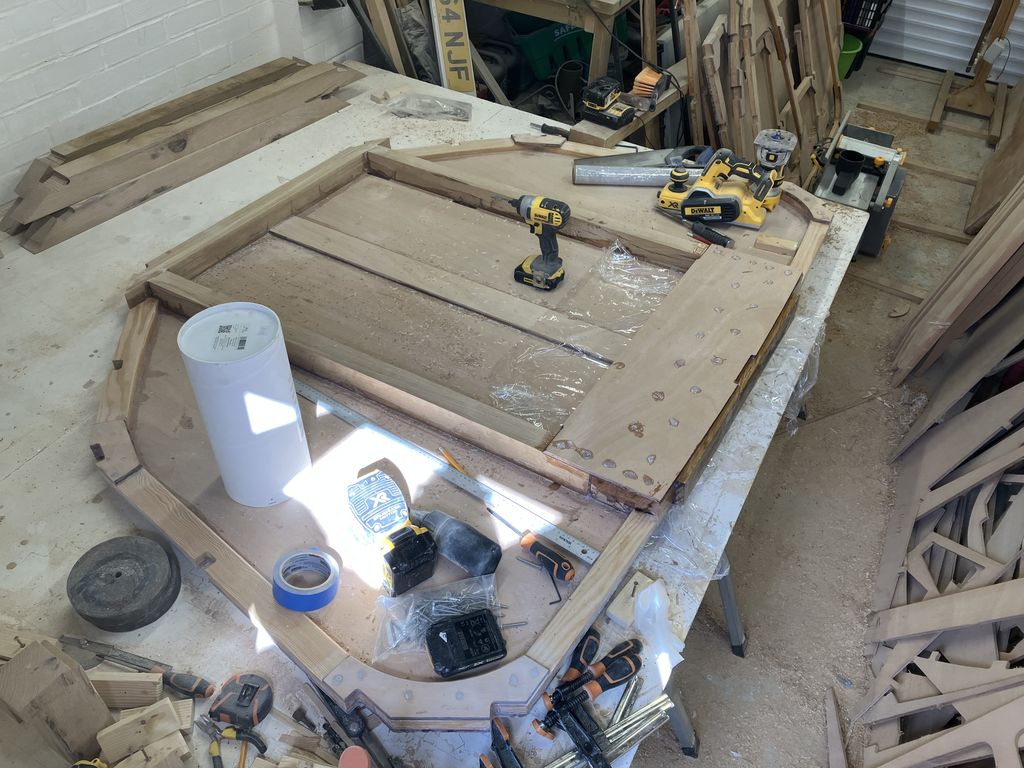
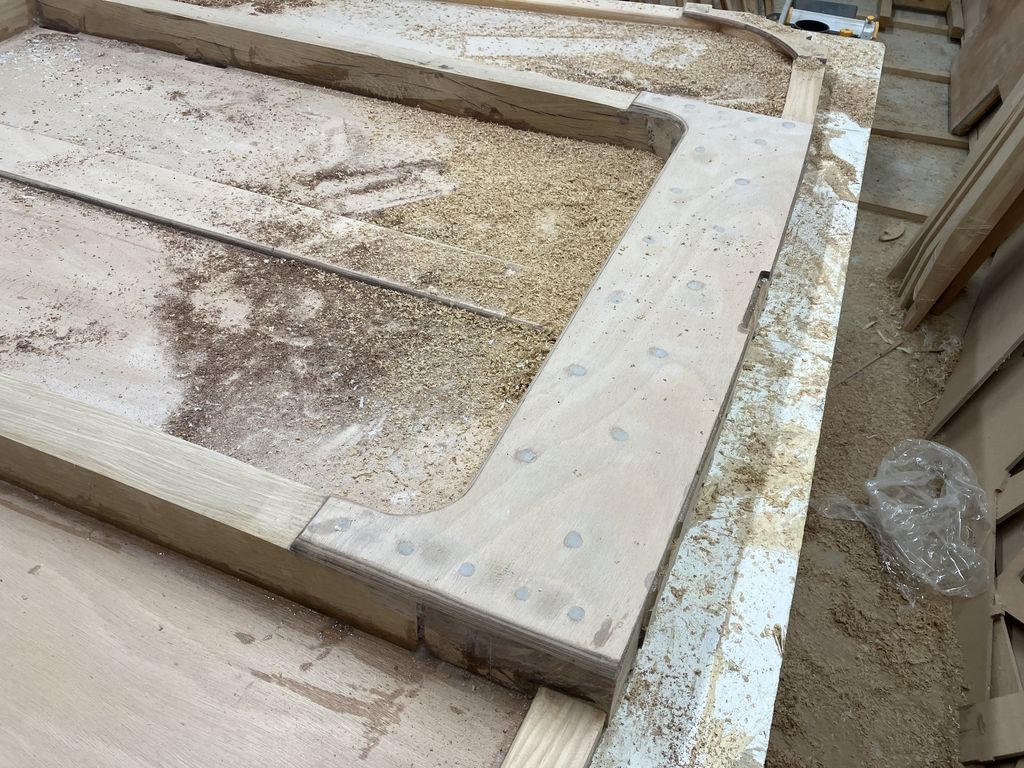
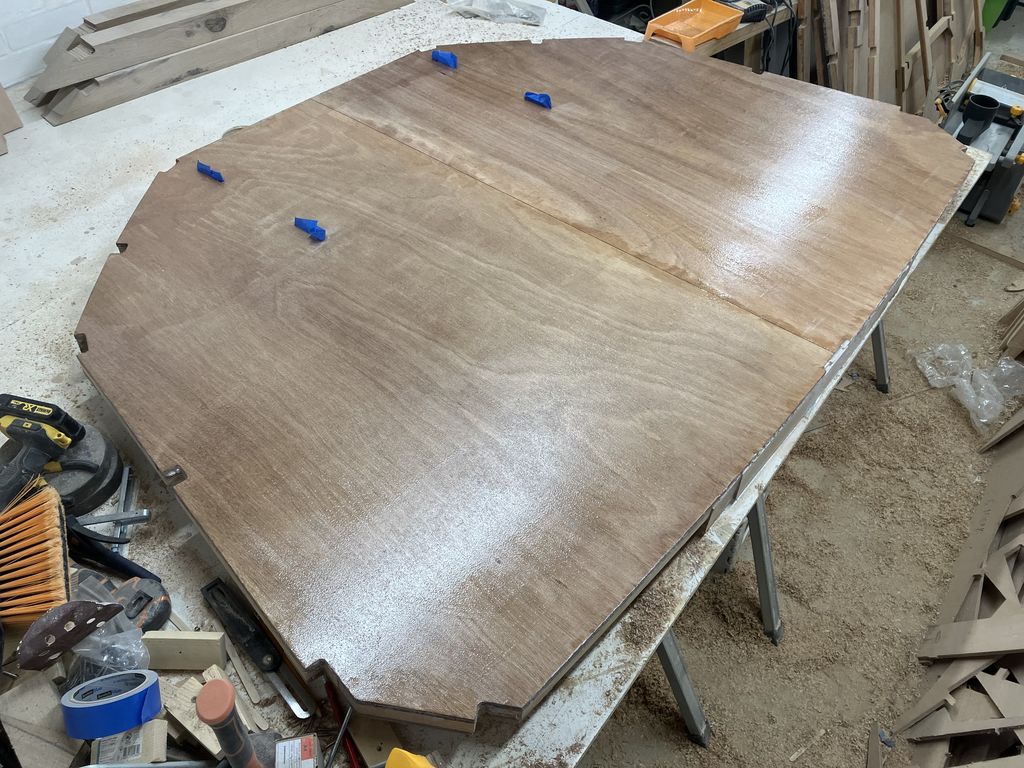
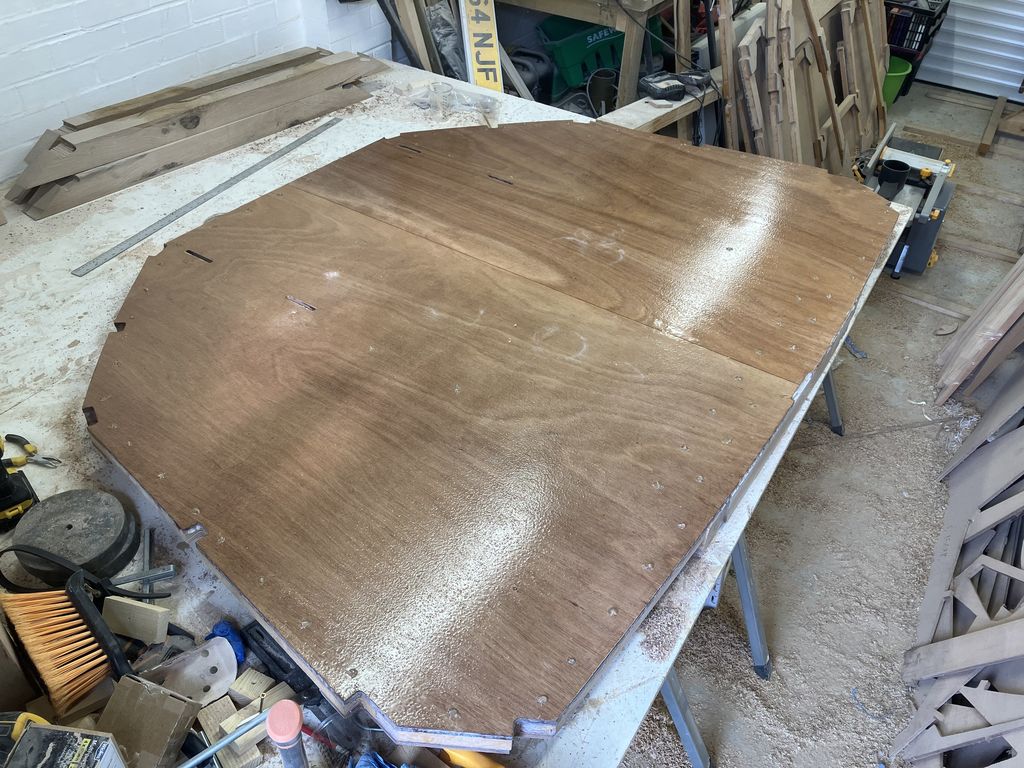
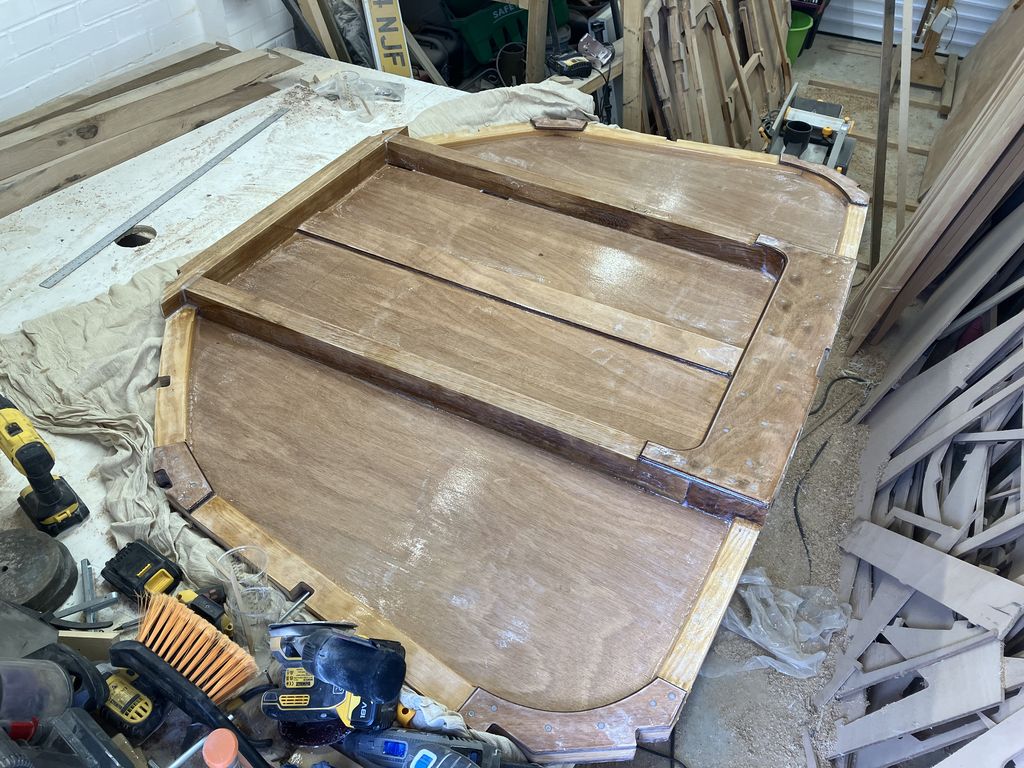
This is the big one that I've been leaving until last. Frame D1 (also referred to as D') is the watertight bulkhead that separates the main cabin from the forward cabin and it also carries the structure that transfers the downward force of the mast through the hull to the keel. The CNC kit contains the usual plywood and framing parts but doesn't include the larger solid wood parts that make up the mast support. I thought I had this all worked out and priced up sufficient oak but when I re-read a builder's group post i realised that it's only the keel timbers that need to be oak - the upper part of the mast support structure doesn't need to be oak. Dan, Jim and Joachim all used oak, Pete used douglas fir, and most other blogs don't document what they used. Douglas Fir is around 530kg/m³ and oak is about 720kg/m³, which makes douglas fir a better choice for a racing boat however as most boats have gone with oak that does seem to be the sensible choice, so that's what I chose.
I picked up a couple of oak beams from Romsey Reclamation - one 8'x6"x6" one for £20/ft and 8½'x4"x2" for £10/ft. Total was £288 inc. VAT. These were alledgedly air-dried although I'm not convinced that they had been drying for the 10 years that Romsey suggested - the centre of the beams were certainly not as dry as the outside...
Before building the frame I cut the beam down to make the keel bearers and laminate up the mast bearer. I think I probably could have got all of the parts out of the 8' beam which would have left the other one for tiller, bowsprit and other bits and bobs however I mis-measured the length I needed for the mast bearer which meant that I didn't have sufficient length in what was left for the last keel bearer. Oh well, thankfully I have the second smaller beam.
I also picked up a used Titan bench planer/thicknesser. Most of the planing I could do with my hand plane but the thicknesser made light work of the mast bearer, which would have taken quite a while by hand. It does have a chipped blade but that doesn't matter too much - the bit that was left after thicknessing easily sanded off.
Once I had all the parts down to size it wasn't too different to the other frames - wet out, bond, screw, coat.
To celebrate finishing the frames I met up with Don and a few others for dinner while he was in the UK.
Next stage, stringers, then starting to make it actually look like a boat.
